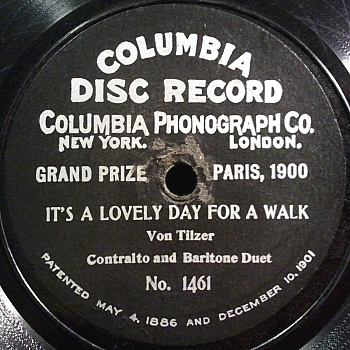

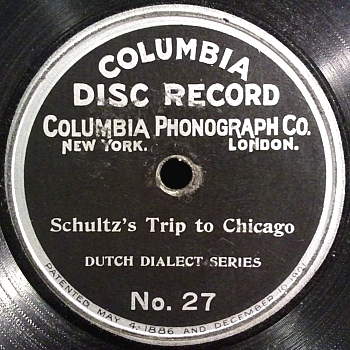 |
| Schultz's Trip to Chicago |
| Harry Spencer |
| Columbia 27 |
| Matrix# 27, Take ? |
| ca. 1901-October 1905 |
| New York, New York |
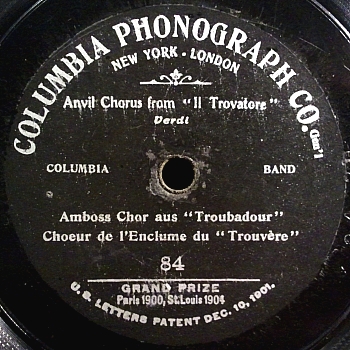 |
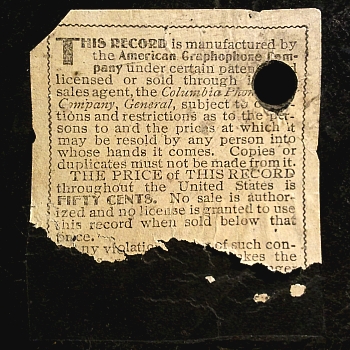 |
| Anvil Chorus from "Il Trovatore" | (Blank) |
| Columbia Band | |
| Columbia 84 | |
| Matrix# 84-3D, Take 3 | |
| ca. 1901-1904 | |
| New York, New York |
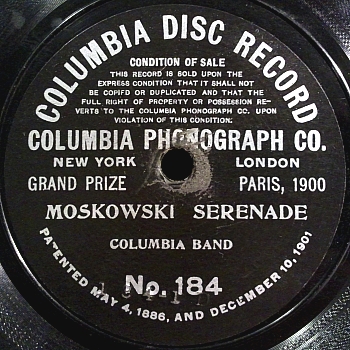 |
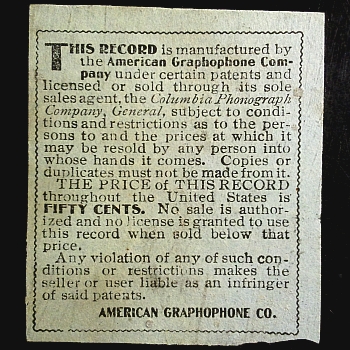 |
| Moskowski Serenade | (Blank) |
| Columbia Band | |
| Columbia 184 | |
| Matrix# 184-1D, Take 1 | |
| ca. 1901 | |
| New York, New York |
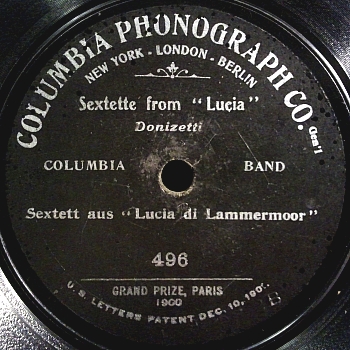 |
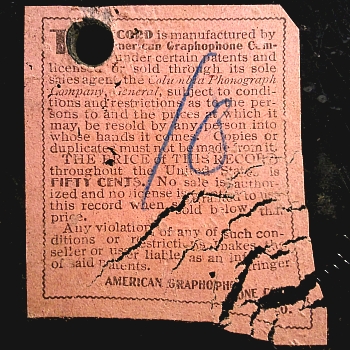 |
| Sextette from "Lucia" | (Blank) |
| Columbia Band | |
| Columbia 496 | |
| Matrix# 496-2B, Take 2 | |
| ca. 1901-October 1905 | |
| New York, New York |
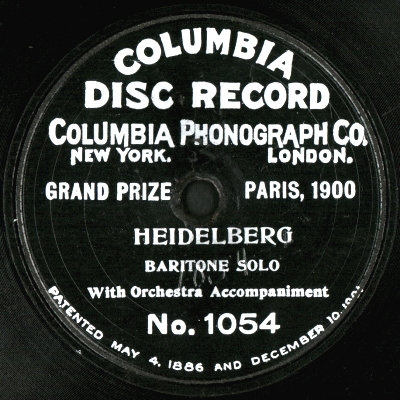 |
| Heidelberg (Stein Song) |
| J. W. Myers |
| Columbia 1054 |
| Matrix# 1054-1, Take 1 |
| ca. 1902 |
| New York, New York |
| Note: Self-announced. |
 |
| It's a Lovely Day For a Walk |
| Corinne Morgan and Frank C. Stanley |
| Columbia 1461 |
| Matrix# 1461-3C, Take 3 |
| ca. 1903-October 1905 |
| New York, New York |
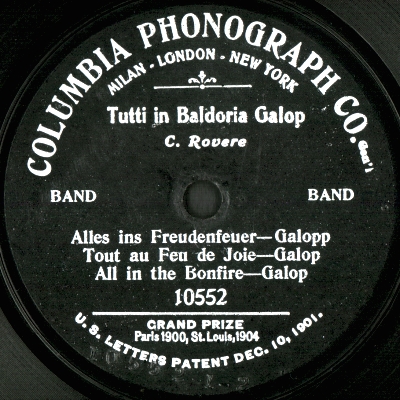 |
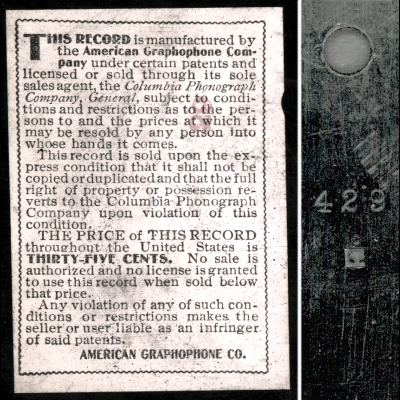 |
| Tutti in Baldoria Galop (All in the Bonfire Galop) | (Blank) |
| Band | |
| Columbia 10552 | |
| Matrix# 10552-1-2 (429 on back), Take 1 | |
| ca. 1903-1905 | |
| probably Milan, Italy |